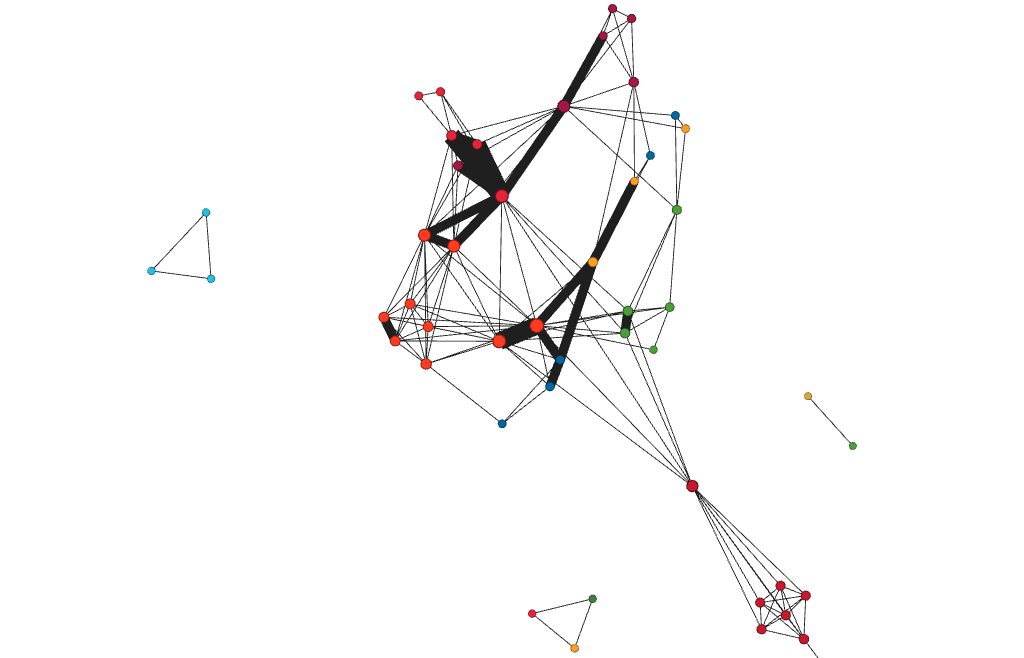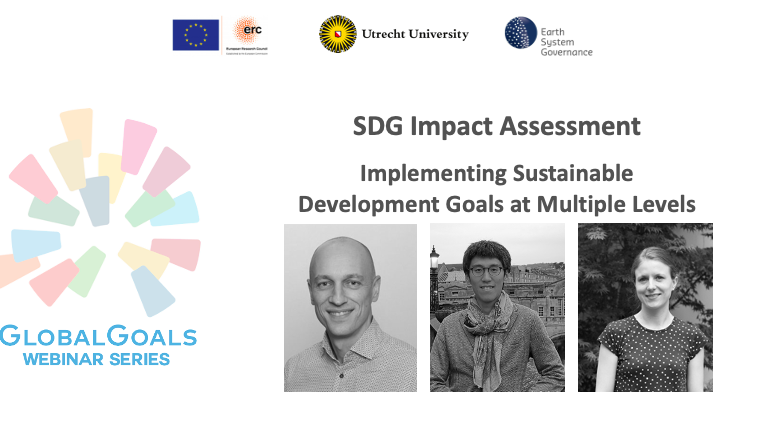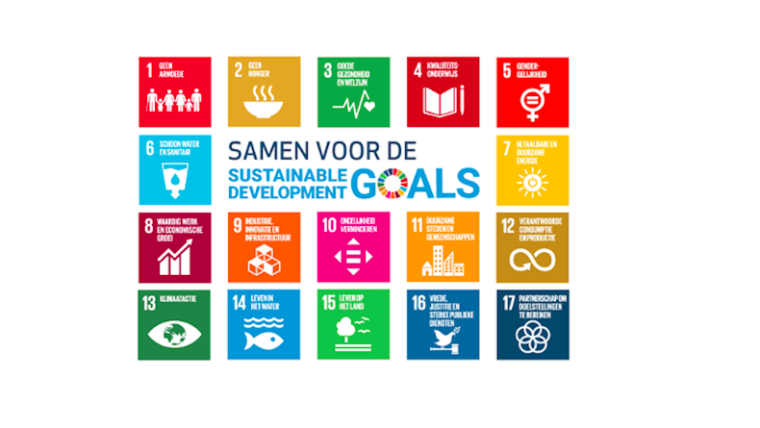Mapping integration and coherence in SDG implementation by the United Nations System
Can the SDGs lead to integration and coherence in the various United Nations organisations? For his MSc Thesis at Utrecht University Tom Peek analysed SDG implementation by all UN Funds, Programmes and Specialized Agencies to assess the extent of integration and coherence of SDG implementation across the UN system.
In 2015, the UN and its member states adopted the 2030 Agenda for Sustainable Development. 17 Sustainable Development Goals (SDGs) and 169 targets were formulated to create an indivisible agenda that attempts to integrate the three pillars of sustainable development: the economic, social and environmental pillars. They address the global challenges we face, including those related to poverty, inequality, climate, environmental degradation, prosperity, and peace and justice
Organisations often focus on a particular sub-set goals
Research on systems thinking, nexus approaches, and interactions between SDGs highlight the need for an integrated approach. Yet it in practice is often seen that companies, NGOs and governments focus on a particular sub-set of these goals.
UN system tasked with implementing the SDGs in an integrated and coherent manner
The UN system, which consists of many organizations that differ in size, scope and principal functioning, is tasked with implementing the SDGs in an integrated and coherent manner. Next to differences stemming from an organisation’s specific function, there can also be redundancy in SDG implementation – where multiple organisations work on the same goals and targets.
SDG implementation strategies from 26 intergovernmental organisations
Peek’s research analysed the extent of integration and coherence of SDG implementation across the UN system. He looked at SDG implementation strategies from 26 intergovernmental organisations (IGOs) within the UN system: network analysis was used to map integration and coherence at the target-level and institutional level.
IGOs focusing on finance, technology or industrial development do not present an integrated SDG implementation strategy
The findings show that the SDGs largely act as an indivisible, integrated set of targets, marked by an integrated institutional landscape. Peek identified specific underlying, cross-cutting themes that provide coherence across all targets and IGOs. However, not all IGOs had a similar perception on target interlinkages. UN system IGOs focusing on finance, technology or industrial development do not present an integrated SDG implementation strategy. This shows the need for future research on how the areas of finance, technology or industry can address target interlinkages that will contribute to the SDGs.
Tom Peek is currently writing up his thesis into a journal article.



